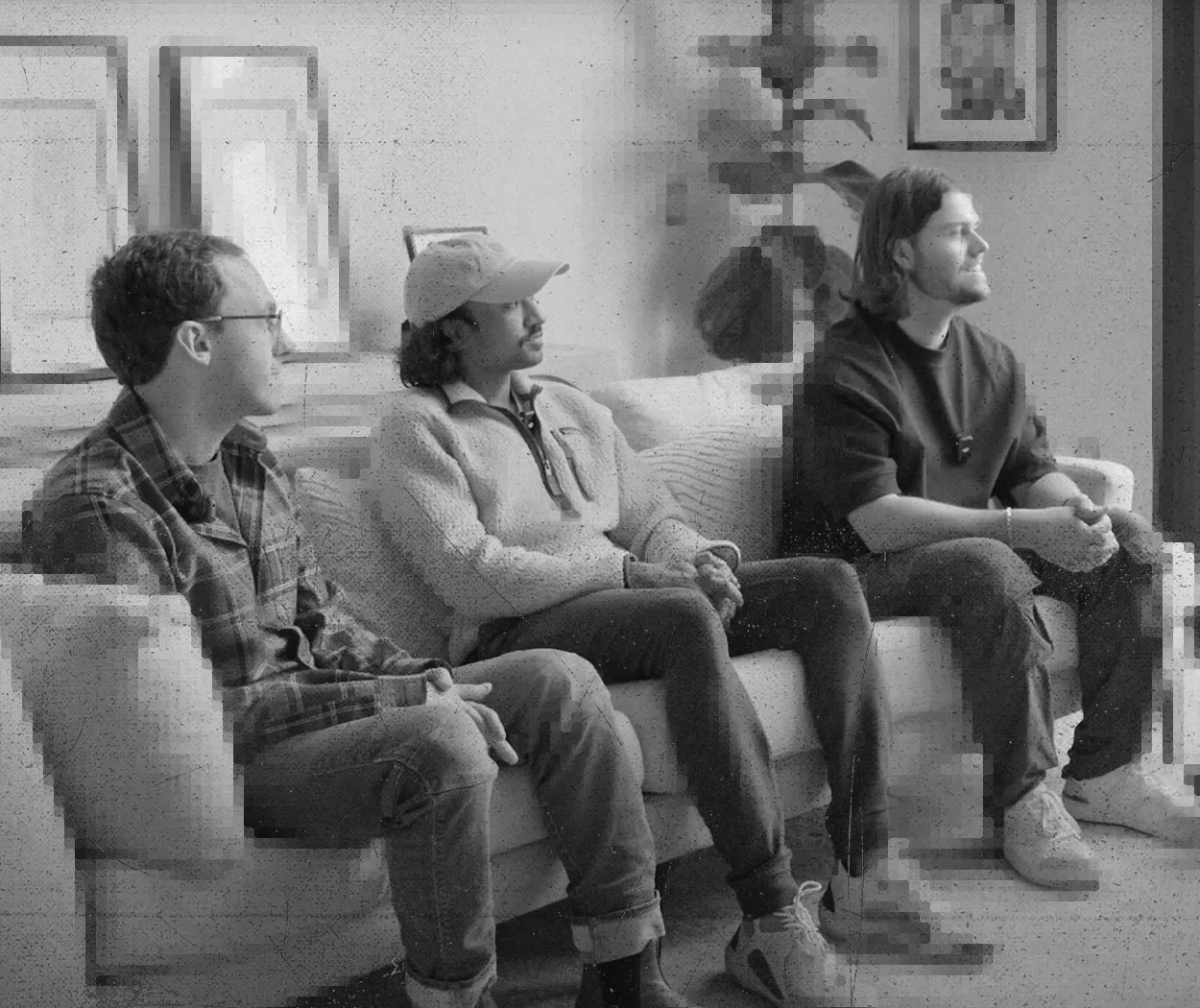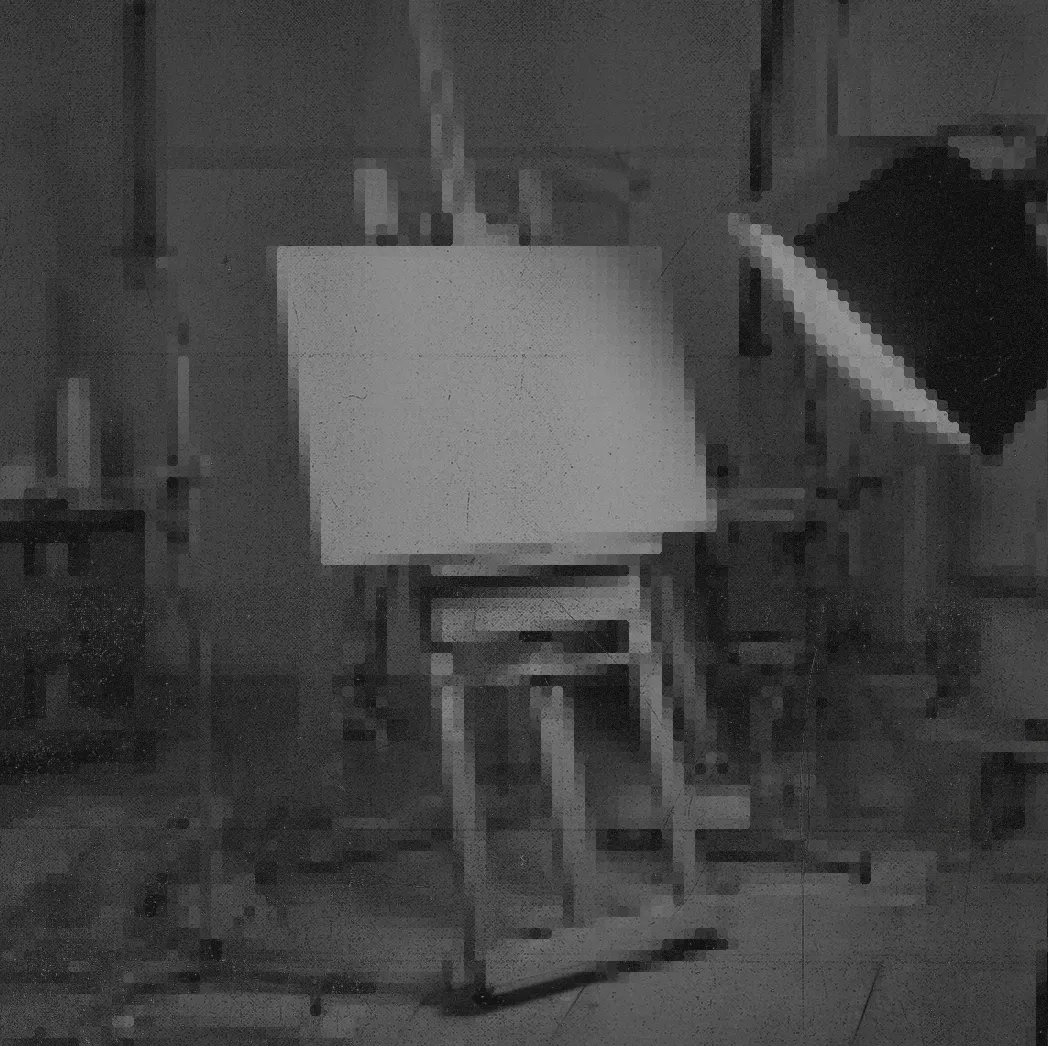
The Art of Engineering Team Excellence with Adam Jacob
In this installment of the Technical Recruiting Playbooks podcast, Natasha Katoni sat down with Adam Jacob, an experienced founder, technology leader, and the current CEO and co-founder of System Initiative. Together they explored his unique approach to building and sustaining high-performing engineering teams at early-stage start-ups. Adam reflected on more than a decade of experience cultivating and managing engineering and product talent. He touched on everything from the importance of strategic compensation, to what to look for in an early-stage hire, and the true meaning of work-life balance in the start-up space.
Quality Over Quantity
For those just getting their first start-up off the ground, the process of hiring and building successful teams is bound to include some mistakes and learning experiences. When asked to identify one particular misstep during the beginning stages of his career as a founder, Adam pointed to what he now views as a crucial flaw in his approach to compensation.
When hiring the initial team at one of his first successful start-ups, Chef, Adam remembers thinking the primary objective of early-stage compensation negotiation was to get the lowest price possible. “I sort of thought about it like we were winning if we got someone to take the job with less compensation,” he said. “...If I could negotiate you to a lower salary or less equity, that was a win for the company.”
Today, Adam sees this as a terrible mistake for two main reasons. First, as start-ups grow and hiring processes and talent needs evolve, utilizing this negotiation strategy with every new hire becomes increasingly difficult and unsustainable. This often leads to dramatic compensation inequalities down the line that are much harder and more uncomfortable to address.
Second, Adam now realizes that he was optimizing for hiring as many people as possible within his budget, thinking this would lead to better outcomes. Now he’s much more interested in optimizing for fewer, highly compensated, happy people whose motivation and productivity aren’t hindered dissatisfaction with their pay. He believes this leads to each person doing more impactful work.
“I’m hiring professionals, and I want them to be 100% stoked about doing their work,” he said. “I don’t want them thinking about their compensation for a single day. I want that to not even be a question.”
Prioritizing and Hiring for Good Taste
In addition to a strong sense of curiosity, Adam shared that one of the main attributes he looks for in an early engineering hire is good taste. This doesn’t necessarily mean someone who shares the same interests all of the time, but rather someone whose similar sense of excitement, creativity, and overall passion for the art of engineering is likely to enhance rather than hinder the collaborative process.
“When I’m looking at those early engineers or anyone who works for me, I think if our tastes run counter to one another, then we probably won’t work well together,” he said.
In terms of identifying taste during the interview process, Adam advises asking a candidate to name a particular product that they love and describe exactly why they love it. More than merely highlighting their material interests, the point of this exercise is to reveal the candidate’s ability to speak clearly and openly about something that sparks their passion.
“Early-stage software development and early-stage start-up work is an art and fundamentally a creative process in its heart,” he said. “So, I think you’re really selecting for creativity and that ability to collaborate together toward an artistic outcome. Every product that’s ever been good is good because the people who built it loved it first. And people who can’t tell you why they love something will struggle to figure out why they should love the thing you’re building.”
The Truth about Work-Life Balance in the Start-Up Space
Adam is a strong advocate for maintaining a healthy work-life balance. While this position might appear in contrast to the typical “hustle culture” associated with the tech space, providing employees with an appropriate amount of downtime is not only beneficial to productivity, but essential to the long-term success of early-stage start-ups.
The nascent stages of building a company can be incredibly challenging, and Adam has seen founders prematurely push employees to their limit and forget the very nature of the game they’re playing. The venture-backed start-up game requires sustained effort over a long period of time. Expecting employees to exert 100% of their energy over the 10-15 years it takes to bring a company public is a recipe for burnout and inconsistent outcomes.
Adam has learned that asking employees to put in 85% of their effort consistently on a weekly basis, while allowing for vacation time every three months or so, is a far more sustainable and effective approach. He’s operationalized how to get that 85% consistent effort in a unique way -
“At System Initiative, we try to set it up so that every Monday is a new game, and that game ends on Friday,” he said. “And what I expect you to do while you’re playing that game is to give 85% of your effort. I want you playing the game and working hard, but not so hard that you don’t have time to walk your dog or put your kids to bed.”
This consistent weekly effort adds up over time to be more impactful than the ups and downs of hustle culture.
Above all, Adam believes that the failure of many start-ups to strive for and implement a healthy work-life balance comes down to a misunderstanding of its purpose, including the critical role it plays in helping companies to achieve long-term success.
“Part of how we get it twisted is we say work-life balance is something that individuals need to prioritize because it’s good for the individual, at the expense of the company,” he said. “But that’s backwards. You have to prioritize work-life balance because that’s the only way the business can continue working at its highest capacity for years.”




